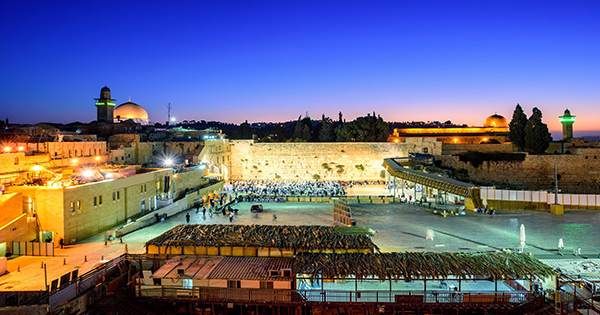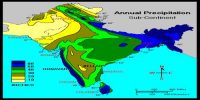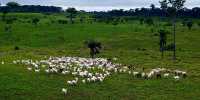The coastal city of Ashkelon was a frequent battlefield during the Crusades (between the 11th and 15th centuries), with Muslims and Christians changing hands several times. Archaeological excavations have revealed that an army left behind played a siege role, protecting the city from being swallowed up by desert sands. The walls built by the ancient Canaanites to protect one of their most important cities were breached for more than 5,000 years but were rebuilt until 1240 AD when Sultan Baybars ordered the city to be destroyed.
It is now a notable archaeological site, but Dr. Rafael Lewis of the University of Haifa in Israel has pointed out that others have lost something, including enough significance for the new city. A village was established in the fifteenth century in the interior of the old site and it has become a town that took its name from its famous predecessor.
Appreciating the abundant fruit grown in Ashkelon, nineteenth-century British visitor Claude Conder warned: “Huge waves of ever-occupied sand in the south have now crossed the forts and once spread to fruitful gardens, threatening in time that all could turn into a sandy desert unless a way is found to catch its progress.”
Looking at the pictures of the planes of old and new cities, Dr. Lewis noticed that the obstacle in preventing some really invisible sand tillers was quite similar to the Jerusalem Gate of the ancient city, which Lewis considered a potential coincidence. After the investigation, Lewis was running towards the gate, which was 8-10 meters (26-33 feet) high and about 200 meters (650 feet) long, stopping the advance of the sand tiller. This discipline was aptly depicted on nineteenth-century maps, but their observations were not recorded before Lewis realized that it was not a natural feature of the environment. The ridge is actually a ramp built by an army surrounding the city so they can bring engines from a nearby high ground to the side of an alley so they can storm the walls, Lewis reveals in a chapter in the book Crusading and Archeology.
Blockade ramps were common in the area, although much effort was put into building them. Many were destroyed by the destroyers because they could not be effective against future invaders, but the victors gave some the ultimate confidence that they would not be threatened themselves, or that they were left without a plan to keep the city. What are different about Ashkelon’s ramp are its after-effects. Excluding this, the excitement across the old town and the fields that stretch north does not remain among the most fertile parts of the region, Lewis believes. The city can never return. Lewis told IFLScience, “The medieval military … should always reshape the lands around them, at least a little bit,” but it could hardly be effective.
It is known that a siege ramp near the present location-enabled King Baldwin III to successfully occupy the city in 11 1153, but Lewis believes that the Crusaders must have demolished it later so that it could not be used against them. The surviving ramp was built for one of the later battles, probably to facilitate the conquest of Baybar’s.
According to Lewis, previous Muslim rulers had tried to prevent the Crusaders from setting foot on the coast by leaving small garrisons in many forms. Barbara learned from their failures and concentrated his forces in a few places, destroying the rest of the cities so that they could not be used against him. Lewis told IFLScience that he is not an expert in desert prevention, but that “the best way to stabilize the soil and keep the desert away is by plants.” Earth’s dams help occasionally but he doesn’t think its success will see it replicated anywhere other than rebuilding it.















